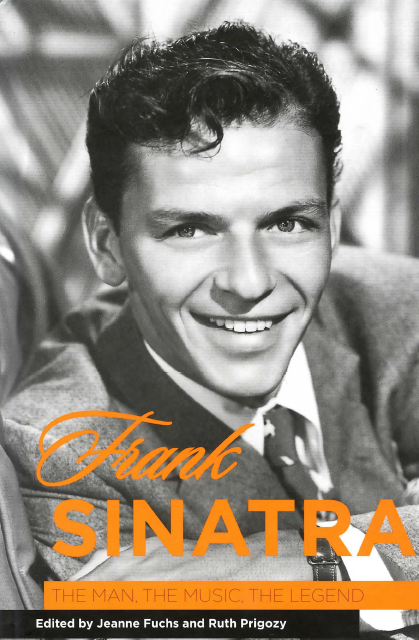12 - Frank Sinatra: Dancer
Published online by Cambridge University Press: 10 March 2023
Summary
Dance has to look like the music.
—George BalanchineCrooner, teen idol, song stylist, sex symbol, actor, innovator, consummate artist are all labels that come easily to mind when Frank Sinatra's name is mentioned. Frank Sinatra dancer, however, does not immediately surface in our consciousness. Nonetheless, Frank Sinatra did dance early in his career in film, and my purpose is to examine that aspect of his career and demonstrate the impact it had; how at the time his dancing represented a transitional moment of great importance. It would not be an exaggeration to say that the dancing experience contributed to Sinatra becoming a movie star. The quality of his dancing remains an equally important matter as well as how the films and dancing fit into what was happening in the Hollywood musical during the period.
Three MGM musicals will be examined: Anchors Aweigh (1945), Take Me Out to the Ball Game (1948), and On the Town (1949). All of the films were made with Gene Kelly as costar and with choreography by Kelly and Stanley Donen. The films coincide with the period in which Sinatra was a teen idol and already a national celebrity. He was young, energetic, ambitious, and immensely gifted. The transition from band singer to movie star was aided in large measure by his appearance in these three musicals.
Sinatra was a nondancer when he went to Hollywood. Not only would he end up dancing, but he was also paired with one of the great film dancers of all time, Kelly. While there is a tendency to look at Kelly during the numbers they do together, it seems certain that the Sinatra fans were not focusing exclusively on Frank's partner. In any case, even if one person actually has better training than another does, and if this becomes evident to the audience, it undermines the entire number. The studio, Kelly, or Sinatra would not have consented to his looking amateurish next to Kelly.
- Type
- Chapter
- Information
- Frank SinatraThe Man, the Music, the Legend, pp. 107 - 116Publisher: Boydell & BrewerPrint publication year: 2007



